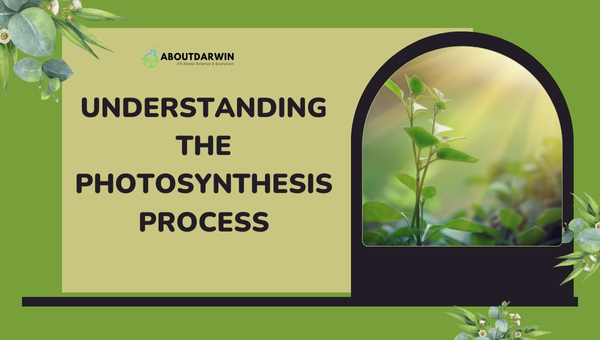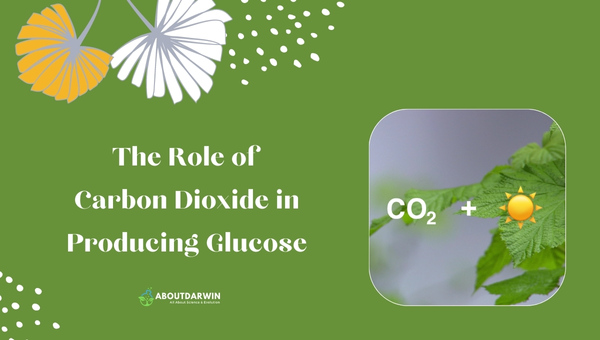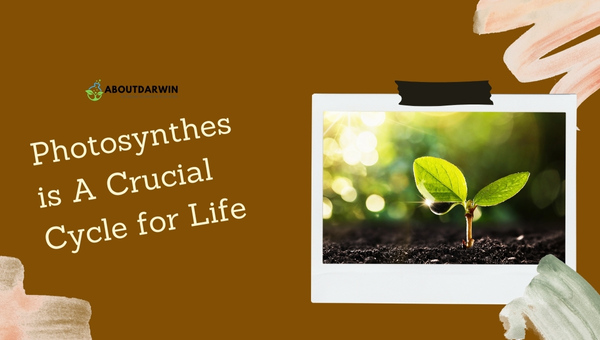Physical Address
304 North Cardinal St.
Dorchester Center, MA 02124
I’ve always marveled at the incredible process of photosynthesis, where plants convert carbon dioxide into glucose in their seemingly magical ways. This essential function holds the key to life as we know it, with plants serving as the keystone to the world’s ecosystems. In this article, we’ll delve into the intricacies of the photosynthesis process, breaking down the science behind it step by step.
Photosynthesis is an essential process for life on Earth, as plants produce oxygen, food for other organisms, and contribute to carbon dioxide balance. It is through this remarkable process that plants can convert sunlight, carbon dioxide, and water into glucose, the energy source that fuels their growth.
The basic equation for photosynthesis is: 6CO2 + 6H2O + sunlight -> C6H12O6 + 6O2. Through this formula, we can understand just how vital sunlight is for the life of plants and subsequently, all living beings on the planet.
Not only is the process fascinating, but it’s also vital for understanding the balance of life on Earth. Unlocking the secrets behind this intriguing process of converting carbon dioxide into glucose can deepen our appreciation for the natural world and inspire new ways to utilize the power of the sun in sustainable agriculture, alternative energy, and beyond. Surely, diving into the details allows us to grasp the true complexity and significance of the process, so let’s get started.
Contents
When we talk about photosynthesis, it’s essential to grasp its basic principles. As a fundamental process of life, photosynthesis converts solar energy into chemical energy, producing glucose from carbon dioxide and water. This reaction not only supports plant growth but also helps purify the air by removing carbon dioxide and releasing oxygen.

Let’s dive into the key players in this process. Photosynthesis mainly occurs in the chloroplasts of plants, which are specialized cellular structures. These chloroplasts contain green pigments called chlorophyll, which are essential in capturing sunlight.
There are two primary stages of photosynthesis:
The overall equation for photosynthesis is:
6 CO2 + 6 H2O + Light energy -> C6H12O6 + 6 O2
This equation demonstrates the conversion of six molecules of carbon dioxide (CO2) and six molecules of water (H2O), using light energy, into one molecule of glucose (C6H12O6) and six molecules of oxygen (O2).
Factors that affect the efficiency of photosynthesis include:
Photosynthesis is a fascinating and vital process that plays a significant role in sustaining the natural balance of our ecosystem. By gaining a better understanding of this process, I hope it sheds light on the importance of plants and the need to preserve our environment.
Forestry Career: What Do Foresters Do and How to Become One?
Photosynthesis, as we know, is the process by which plants, algae, and some bacteria convert carbon dioxide into glucose. They do this using sunlight as their energy source. In this section, we’ll dive into the crucial role carbon dioxide plays in this process and explore how it leads to the production of life-sustaining glucose.

As a key component in photosynthesis, carbon dioxide enters the plant through tiny pores called stomata. Once inside, it’s transported to specialized cells called chloroplasts. These chloroplasts house chlorophyll, the green pigment responsible for capturing sunlight.
The sunlight energy captured by chlorophyll triggers a series of chemical reactions known as the Calvin cycle. It’s during this process that the essential transformation from carbon dioxide to glucose occurs.
Throughout the Calvin cycle, we can observe three main phases:
As we can see from the above phases, carbon dioxide is a critical component in the production of glucose. The fixation of carbon dioxide into an organic molecule is the primary way plants are able to capture and store energy from the sun. This energy is then made available to other life forms, making the photosynthesis process essential for the survival of virtually all living organisms on Earth.
Through the actions of the Calvin cycle, plants and other organisms are able to harness the power of the sun and provide life-sustaining energy for themselves and countless other life forms on our planet.
I can’t stress enough the importance of photosynthesis in our world. It’s a vital biological process that takes place in plants, algae, and certain bacteria, converting light energy into chemical energy in the form of glucose.

Not only does it provide the energy for these organisms to grow and thrive, but it also helps improve air quality by removing carbon dioxide and releasing oxygen into the atmosphere.
In the simplest terms, here’s what’s happening during photosynthesis:
Photosynthesis can be split into two stages: the light-dependent reactions and the light-independent reactions (aka Calvin Cycle). In the light-dependent reactions, energy from sunlight is captured to produce ATP (adenosine triphosphate) and NADPH (nicotinamide adenine dinucleotide phosphate), which are later used in the Calvin Cycle.
The Calvin Cycle, on the other hand, utilizes these energy molecules, ATP and NADPH, to convert carbon dioxide from the atmosphere into glucose. Overall, the glucose produced serves as an essential energy source not just for plants, but also for a wide range of other organisms.
Through this process, plants are able to grow, reproduce, and create the beautiful scenery we all enjoy on our planet. Additionally, photosynthesis has a significant impact on the global carbon cycle, helping to regulate carbon dioxide concentrations in the atmosphere. This, in turn, plays a crucial role in the regulation of Earth’s climate.
Lastly, let me provide some astounding figures concerning photosynthesis:
As you can see, photosynthesis is truly a crucial cycle for life on Earth, allowing organisms to grow and providing a cleaner atmosphere for all. With a deeper understanding of this process, we can truly appreciate the wonder of nature and its incredible ability to sustain life on our planet.